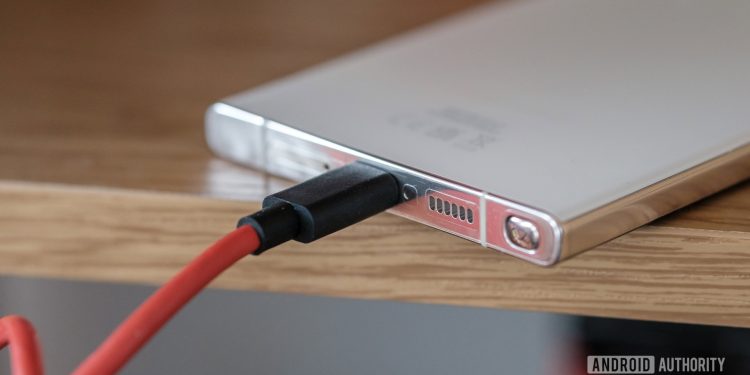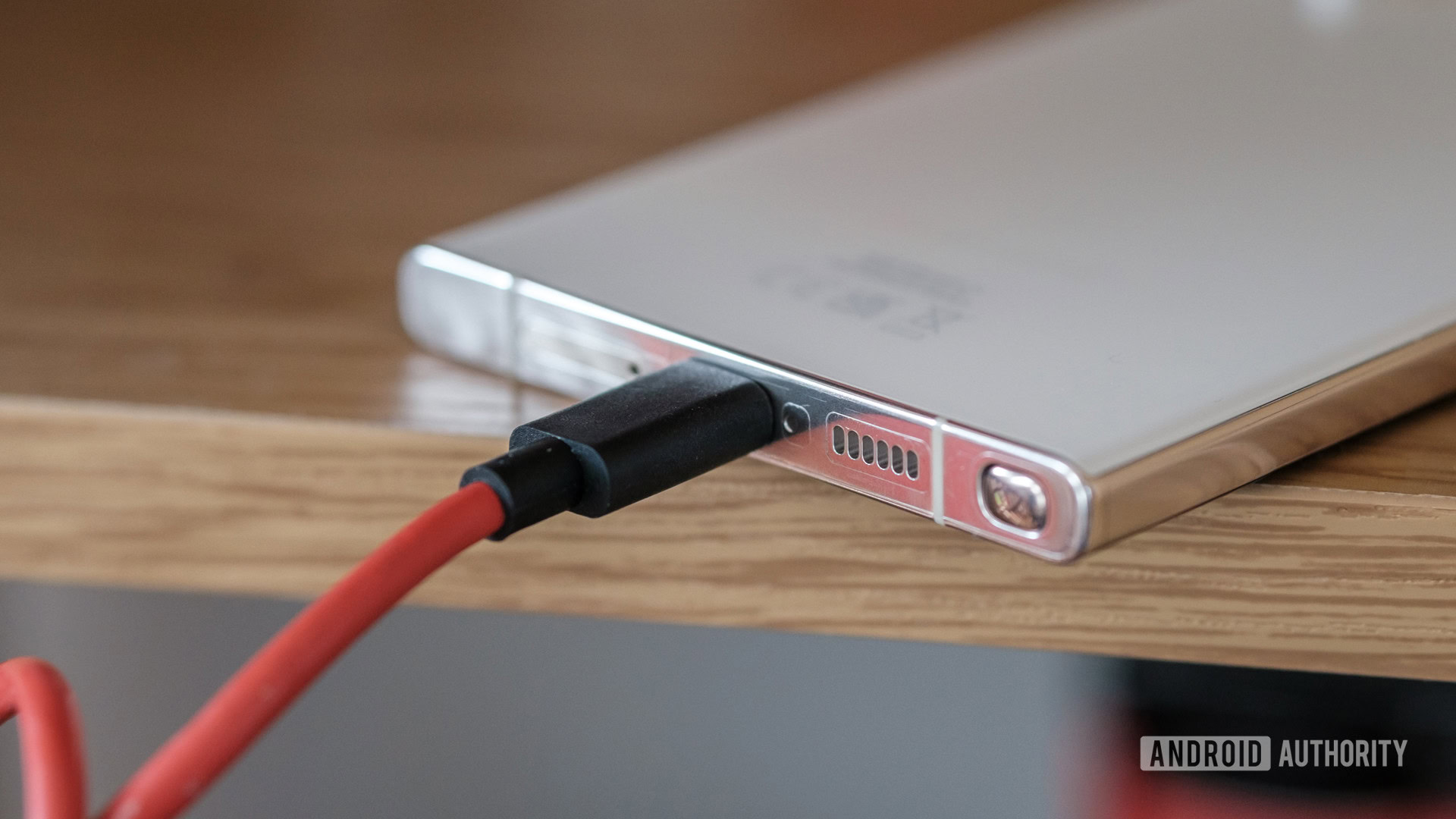
Robert Triggs / Android Authority
I wrote on USB-C For what seems eternally (seriously, it’s been seven or eight years!). From the unifying and unique specification of the size of a dark reality of compatibility problems and opaque support for functionality, USB-C has its applause and detractors. Me? I sit firmly in the middle – aware of the problems but always hoping, as stupid, that the faithful port will one day hold its promise. Unfortunately, over time, the USB-C Farm and Fast USB-C window.
To understand exactly what is “bad” with USB-C, look around your living room. What do you remember your feeding packs invoice which of your gadgets quickly or slowly? Laptops and PCs are not better. At the time when we had DisplayPort, HDMI and Barrel sockets, you knew where you stood – but now decipher which of the three or four USB -C ports of today does what requires a serious manual reading. And who has time for that?
From the load, data and peripherals, the USB-C does everyone rarely does it.
Play “Guess who?” With a socket that claims to do everything, but rarely the fact is only a microcosm of the biggest problem of the USB-C-the swirling disorder of the specification itself. Big points to anyone who can tell me how many different load standards are still embarking on the world of smartphones, or how many different data speeds exist in the Apple Mac range. Honestly? I gave up trying to follow.
The biggest problem of the USB-C is not even that it is not clear what each port does; This is to match two products that supposedly use the same interface have become an absolute nightmare – and that is only worsening in the last decade. Unfortunately, just like my USB-C cable drawer, I lost the hope of unraveling this disorder.
Two steps forward, one step backwards
This has taken almost a decade, but the efforts to improve the load of gadgets emerged. Maybe the greatest recent victory is that USB Power Deliput (USB PD) Support is now compulsory for USB-C 15W and Plus gadgets, thanks to an EU directive. Although this does not guarantee a quick load on each device, it provides common protocol support for all “fast” load gadgets. The very good news? Modern chargers will provide at least a certain power to all modern smartphones, as we have seen many new models outside China.
Speaking of China, it was not inactive either. A collective effort to unify its crowded portfolio of fast loading has produced the universal rapid load specification (UFC). Although the UFCS is a separate standard for power delivery, it is designed to be compatible with USB PD 3.0, offering similar voltage levels and power capacities.
China is also gradually going universal, but it takes a long time.
Unfortunately, the UFCS is not behind compatible with existing standards such as Supervooc or HyperCharge, therefore a general adoption will take time. However, this shows that even the biggest players in China are concerned about interoperability and electronic waste. THE OnePlus 13Oppo Find X8 Pro and the Huawei Mate 70 series are recent smartphones supporting UFCs in parallel with their proprietary standards.
Admittedly, the gradual adoption of the USB power provision as the main method for phones, laptops and other fast dependent gadgets was a positive step for consumers. However, even by ignoring the proprietary standards, the USB implementators forum has not helped consumers navigate what should be a simple plug-past scenario.
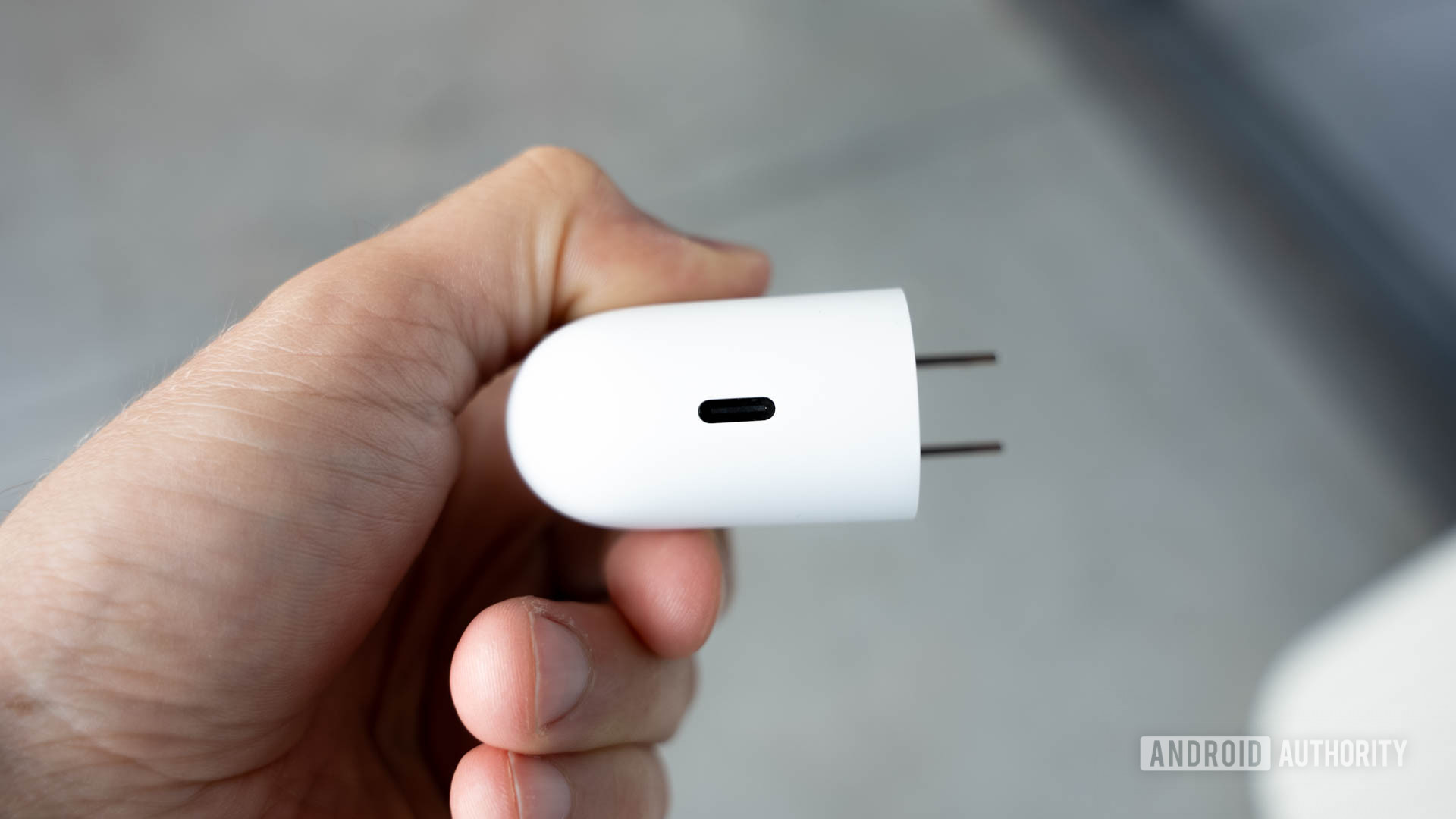
C. Scott Brown / Android Authority
The introduction of the USB power supply (PPS) added flexibility for fine tension control required to quickly load modern batteries. However, USB PD PDs have taken years to reach the plug market Galaxy S25 series Above 18W, for example. The ordinary PD is still the standard, but it is out of fashion for smartphones and even laptops.
We always buy OEM brand chargers as a compatibility coverage – it is how bad USB -C is.
Worse, the PPS specification has now even more sub-specialty, which are as confusing than the owner protocols. Google pixel 9 pro XL is an excellent example: It will only reach 37W power levels with a specific PPS 20V socket – The “old” 9V PPS do not cut it, leaving you stuck at 27W. Good luck to find this little but critical on many specification sheets, if you are even annoyed to look. All these years later, we still buy OEM brand chargers such as coverage against compatibility – what a joke.
USB-C is determined to undermine
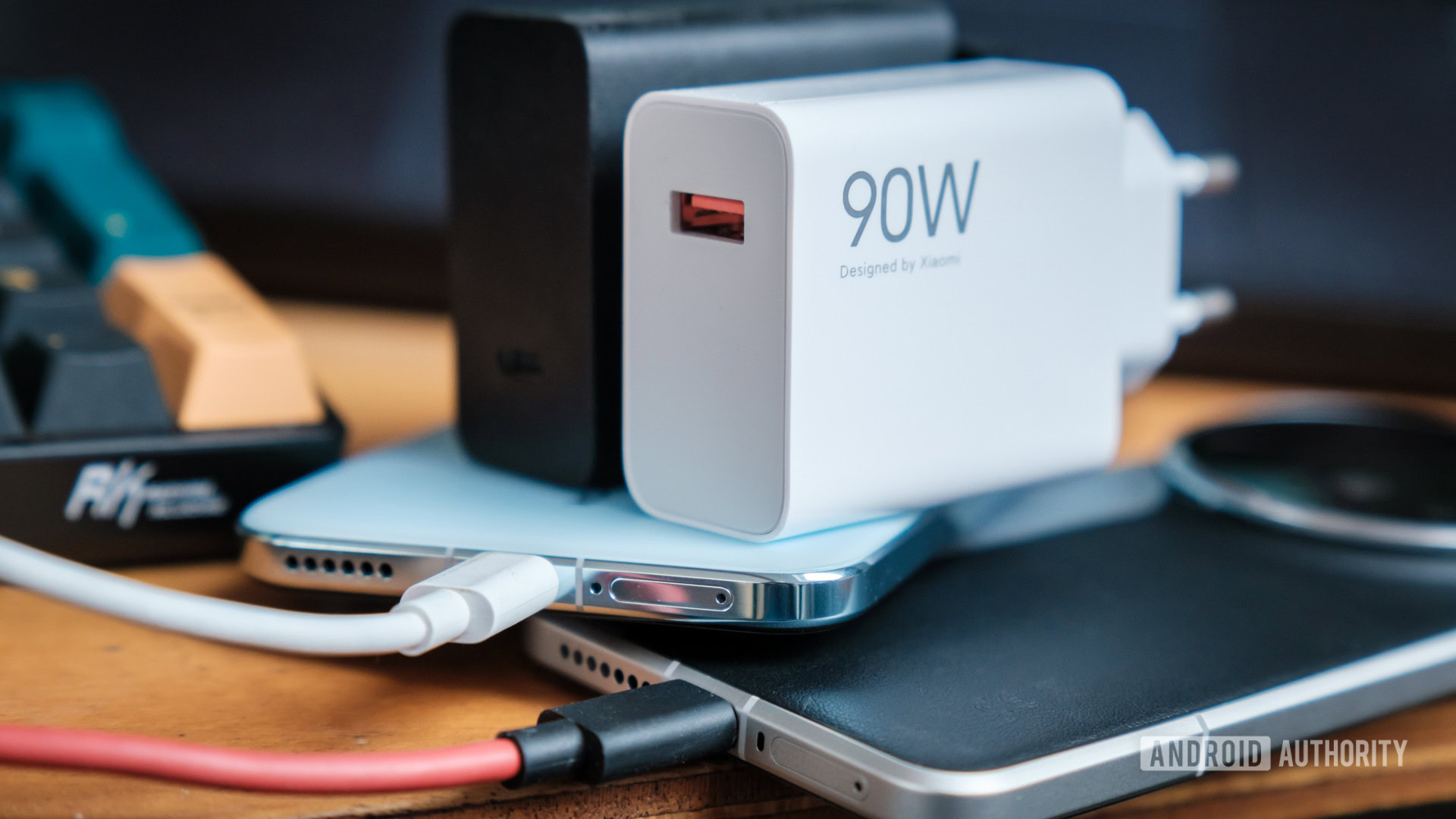
Robert Triggs / Android Authority
The load speeds dominate the conversations of smartphones, but USB-C encompasses much more: data transfer speeds, extensions of audio support, display and PCI-E. You call it, USB-C can probably do so, depending on the specific port configuration. Apart from the load, data is the only area where the specification continues to confuse consumers the most.
Since its creation, the USB-C has not obliged a specific data transfer protocol. It can be supported by USB 2.0, USB 3.2 or even Thunderbolt controllers, which means that speeds vary from a meager 0.48 Gbit / s to a speedy 20 Gbit / s. Consumers and experts have simply found it to understand what each USB-C port can do.
Despite the promise to help, USB4 has aggravated things.
USB4 was introduced in 2019 specifically to eliminate a certain confusion. The specification was based on (but not directly compatible with) Thunderbolt 3, the support of DisplayPort 2.0 of regrouping, a basic Gbit / s data speed and rear compatibility with older standards.
Although this does not directly deal with standards inherited always used on USB-C, the idea was that if your product was in accordance with USB4, you would be able to expect. The USB4 was supposed to provide order, but rather exploded in a Gen 2 × 1, 3 × 2 and Gen 4 – Variation soup 4 – each with extremely different speeds of 10 Gbps at 120 Gbit / Gbit / s. Confused? You are not alone. Many DisplayPort, Power and PCI features are also optional.
If all this was not enough, you will have to buy a High-end USB-C cable To ensure that the advanced features work properly. Despite the pages of official labeling guidelines, cheap and counterfeit cables have only allowed quality betting bet. So much for simplicity.
Apple also missed it
A reluctant delay at USB-C, Apple finally adopted the port with the 2024 iPhone 15 series after the European Commission’s decision. While Apple controls and generally optimizes the user experience, being trapped and cries of lightning has made a half approach at the best.
If someone could reign in USB-C, it was Apple. Another missed chance.
There is no better example than the data speeds of the iPhone 16. Budgetary models always use USB 2.0 slow ports – rare outside the cheapest Android phones. Meanwhile, the pro models are 20x faster but still do not correspond to the 40 Gbps Thunderbolt capacities of the iPad pro. The recent iPhone Pro models charge a little faster than basic models, but Apple has never clarified when it is, and did not adopt PD PD PD to further increase speeds.
| iPhone 15/16 | iPhone 15/16 Plus | iPhone 15/16 pro | iPhone 15/16 pro max | |
|---|---|---|---|---|
|
Connector |
iPhone 15/16
USB-C |
iPhone 15/16 Plus
USB-C |
iPhone 15/16 pro
USB-C |
iPhone 15/16 pro max
USB-C |
|
Data speed |
iPhone 15/16
USB 2.0 |
iPhone 15/16 Plus
USB 2.0 |
iPhone 15/16 pro
USB 3.1 Gen 2×1 |
iPhone 15/16 pro max
USB 3.1 Gen 2×1 |
|
Load power |
iPhone 15/16
20W |
iPhone 15/16 Plus
20W |
iPhone 15/16 pro
20W (~ 25W recorded) |
iPhone 15/16 pro max
20W (~ 25W recorded) |
The only reason why the pros have faster data speeds is to allow the transfer of pro -proof video. Otherwise, Apple did the bare minimum with USB-C to pass the rally; It seems more focused on Magsafe As a future standard for its mobile products.
The USB-C mess is there to stay
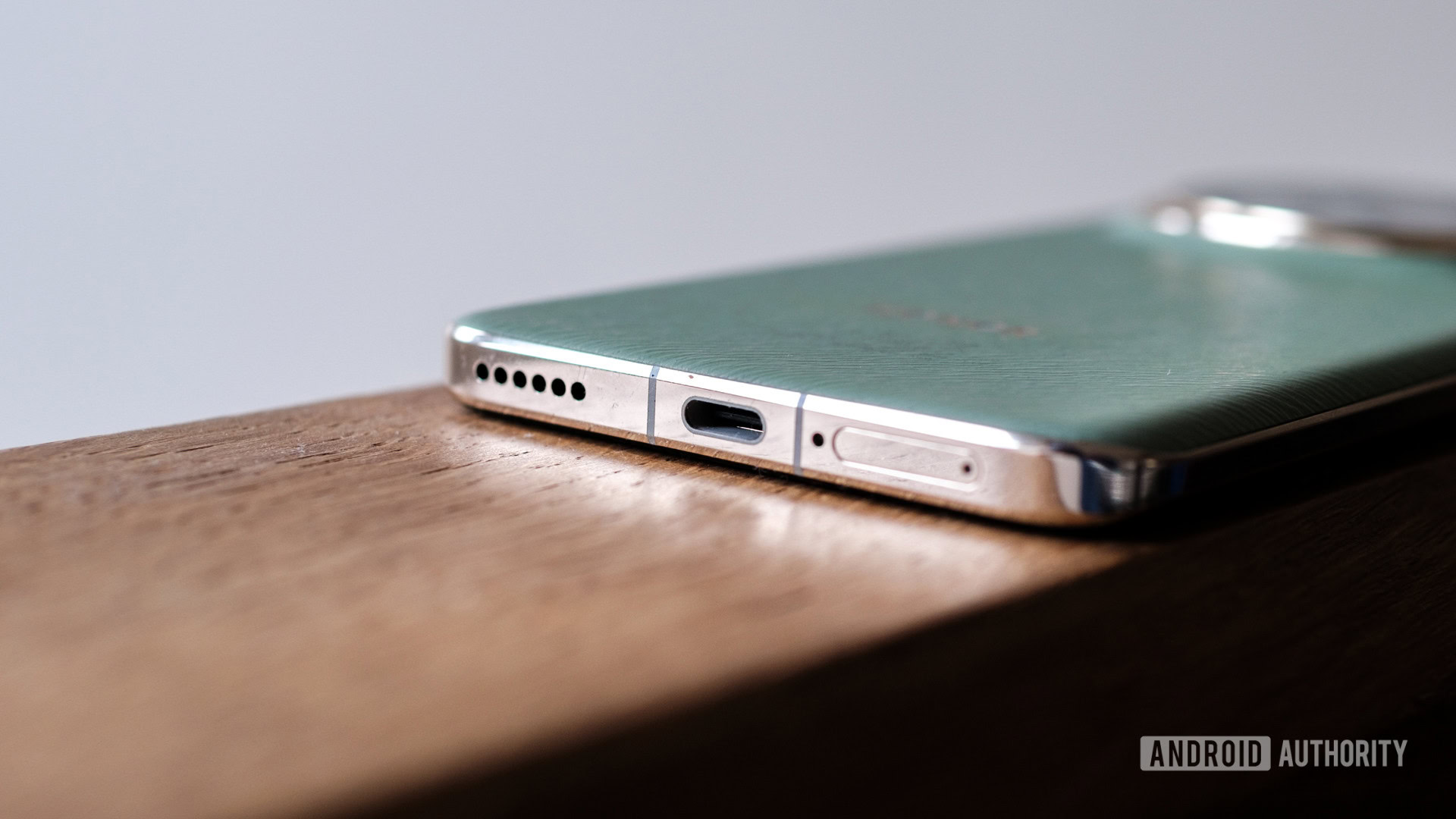
Robert Triggs / Android Authority
To date, these problems are well documented, and I am sure that you have known some of these frustrations yourself. The USB-C is over ten years old and has only given us a reversible connector to use on all our gadgets. It is a little success, but barely the future Plug-And-Play which was promised to us.
Worse, the genius came out of the bottle. With everything, headphones, laptops and VR headsets now forced to use USB-C, the port is everywhere. But with this ubiquity, a waste and tentacular support that cannot be canceled. There is simply no way to rewind and define things on a simpler path, even if the main actors like Apple or Google suddenly wanted it.
This framing is not only frustrated, it undermines one of the fundamental promises of USB-C: reducing electronic waste. One of the largest sales arguments of the USB-C was the reduction in size and higher reuse between the devices. Instead, users always amalent several cables, chargers and dongles to cover all possible bases. Although the connector is universal, it does not always lead to less accessories in circulation. If, by miracle, USB-C finally reunites its act, what do we do with all the accessories of today? Do I just have them to do them?
The USB-C is not only frustrating, the mess undermits its ecos-promis.
The USB-C had a unique opportunity to danger the far west of data and power cables, unifying them in something simpler. Although a fixed specification would have stifled innovation, stricter control with gradual and cohesive upgrades through the specifications of brothers and sisters every few years, preferably with compulsory support levels, would have prevented many problems today.
Instead, USB-C has become a black box of 101 different, old and new capacities. It could make a small bump in the problem of electronic waste, but it could have been much more. What spectacular failure.

